The Scotland: Craft & Design pavilion returns 21 - 24 September at the London Design Fair. Following the success of last year’s showcase, the pavilion champions the innovative spirit, exceptional craftsmanship and world-class reputation of Scottish craft.
The Pavilion will debut new and fascinating work from Scottish makers in an international show that attracts retailer buyers, architects, interior designers, press and designers from across the globe as well as the design-savvy public. We’ve been catching up with our featured makers throughout September and finally, we have Hilary Grant, who together with Rob Harvey, design intricate luxury knitwear in Orkney.
Hello, Hilary! Tell us about what you do. . .
We design knitwear or more specifically pattern for knitwear. I started the business myself back in 2011 and now I work collaboratively with my partner Rob Harvey in design and running the business. Rob trained in architecture and I trained in textile design. We sell our knitwear to design galleries, lifestyle shops in London and even as far away as Hong Kong, Switzerland and Japan.
Has your education influenced your practice?
It has, but I can't say it has influenced us directly. I think everything you learn in your time at university has some contribution to your way of seeing and designing. Education was really just the very start of it for me, and the same for Rob.

Do you have a favourite piece that you are showing at the Scotland: Craft & Design pavilion?
We're really looking forward to showing a new blanket design called "Voe". The blanket is about one and a half metres wide and two metres long and it doesn't have a single pattern repeat! The entire piece was designed stitch by stitch and it took us weeks of development and refining. The result is patches of tiny abstract pattern, but when viewed from afar a sweeping colour blush effect is achieved.
What was the inspiration behind it?
We don't tend to look at things and then set about to recreate them but we are both really curious people, and part of being creative is observing things and trying to figure out why they look the way they do. Our designs often develop through the interplay with pattern and colour - they're not independent of one another. Our new blanket 'Voe' is more a result of being inspired by the process and letting that lead the aesthetic.
What makes it particularly special to you?
A lot of the patterns we have designed this year have come about through a process of exploring colour and pattern from very simple elements and shapes. Rather than set out to achieve a very set, pre-determined idea it's far more exciting for us to develop a pattern, and then realise there is a name for the effect or technique, or perhaps it's already in use in pixel art etc. I think it's exciting for us as it shows what the possibilities are when you let your design process and intuition take over, rather than following a more traditional or prescribed way of designing textiles through mood boards and looking at trends. I don't think I've seen anyone design knitwear this way, and it really excites us that we are really digging out our own niche.
What inspires you to get into the studio?
To keep doing what we do. We're really lucky to be doing this, though as anyone in the creative industries will know, it is not easy. We are really lucky to be able to make a living from designing and selling our work and we want to keep exploring exciting ways of creating textiles and pushing the boundaries of knit.
What challenges do you face in the design/making process?
The way we look at knitwear, say a knitted blanket, you only have so many stitches. It's like a digital screen resolution where you have a set number of pixels. The way we design knitwear is not by creating a graphic on Illustrator and then having a knitwear technician translate it into stitches or pixels - we design it all stitch by stitch. So we work with the limitation rather than against it. There are always restrictions when designing, making and selling anything where you have to create a design that excites people, a product that is well made and also one that is commercially viable and accessible.

Image Credit: Caro Weiss
How do you see the interplay of design and craft in your work?
In some ways, our processes can be seen as quite disparate. Our manufacturer is based in the Borders, but over the past 5 years we have built a really good relationship with them and so they understand what we want to achieve. The way we design all of the knitwear, stitch by stitch, means that we know almost exactly how the piece will come out when it's been knitted and finished. I don't think craft is exclusive to hand though, it can be an intellectual process as well and there is a real skill in working with technology and understanding the physics of knitted textiles and pattern as a structure.
What do you think is the Scottish creative identity?
I think it's still developing and defining itself. It will be interesting in 10 or 20 years to look back and define what the current "movement" was all about. I think there is a real attention to quality, whether industrially produced or hand produced though.
What motivated you to showcase at the London Design Fair?
We exhibited at the show last year and it was a real honour to launch our new designs alongside some inspiring designers and crafts people. What I really enjoyed about the show last year was the opportunity to speak to people, whether they were trade, buyers, press, designers, or members of the public. It's a great opportunity to meet new people who are interested in design and craft and just see where those conversations take you.
Is there any building you would love to see your work used?
Rob and I visited Nordic House in Reykavik earlier in the year, which was designed by the Finnish architect Alvar Aalto. I really love his approach to designing a building, where interiors and textiles are a considered part of the building and not seen as an afterthought or just frivolous decoration. I would love the opportunity for us to design a piece that is part of a bigger project or idea.
Are there any makers/designers you are excited to see at this year’s London Design Fair?
I love the ceramics of Reiko Kaneko, so I'm looking forward to seeing what she creates for this year's festival. There is also a show by Dutch lighting designers called Enlightened and the Norwegian pavilion last year was beautiful, so it's a must again this year. I'm also looking forward to seeing Laura Spring's new Takanna project at Design Junction.

Visit Hilary Grant along with 16 other talented makers at the Scotland: Craft & Design pavilion at the London Design Fair.
Thursday 21 - Sunday 24 September
10am - 6pm
First Floor Hall T4-A
Old Truman Brewery
91 Brick Lane
London
E1 6QR
Book your tickets on the London Design Fair website.
[This interview has been lightly edited for clarity.]
Read More
-
Full details→
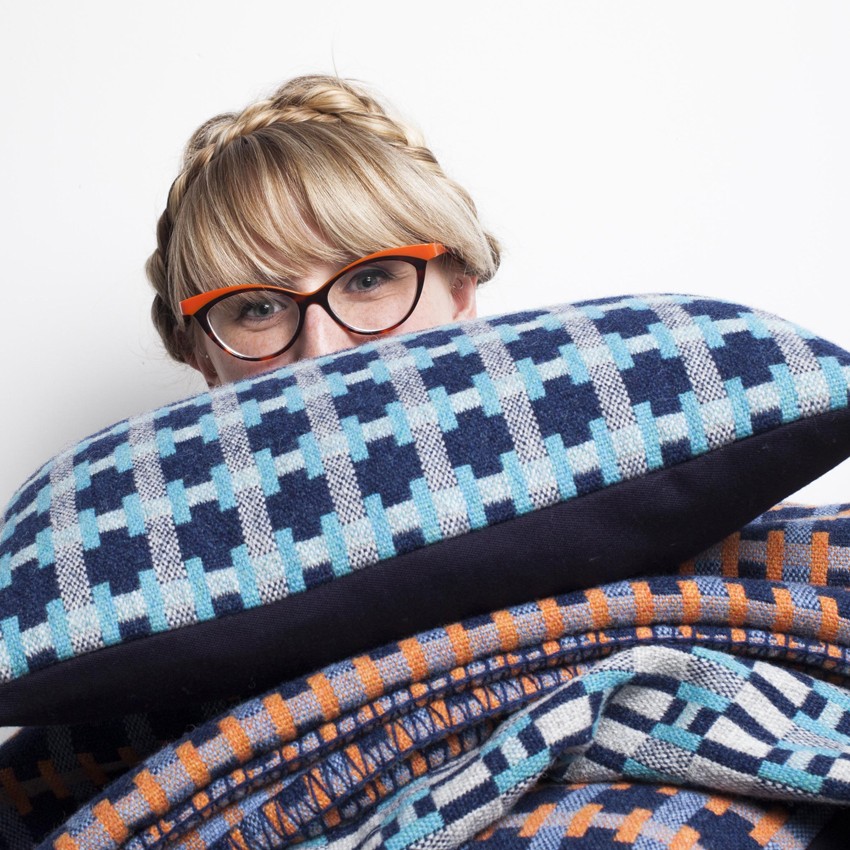
Interview Pushing the boundaries of woven textiles
With a punchy colour palette and contemporary designs, we've caught up with textile designer Heather Shields, one of the talented makers in this year's Scotland: Craft & Design pavilion.
15 Sep 2017
-
Full details→
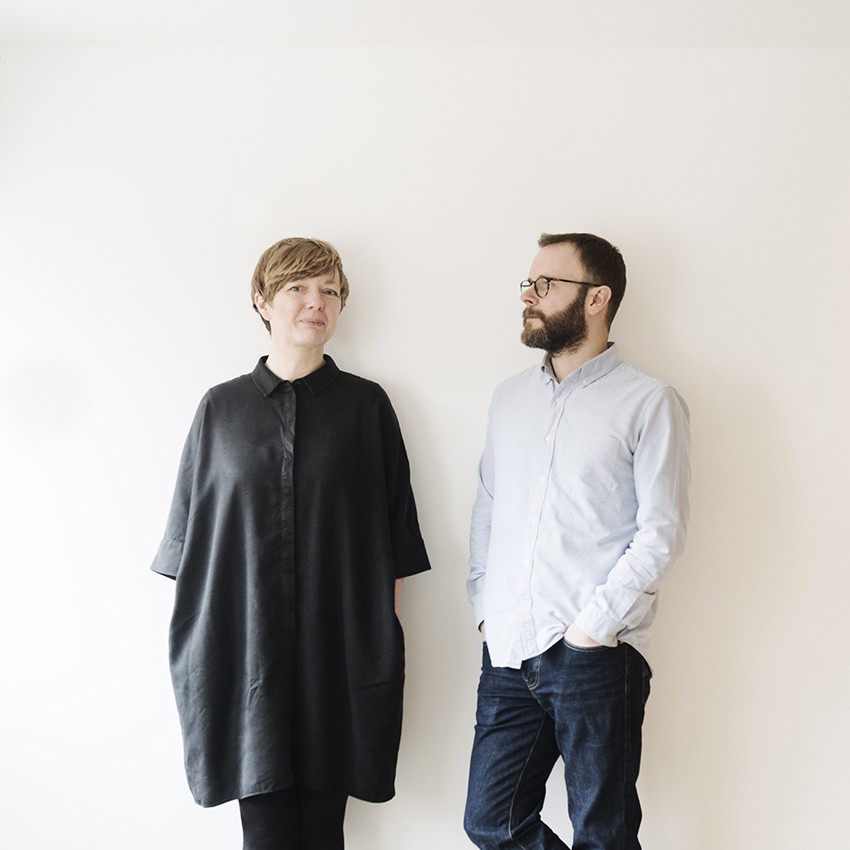
Interview Tom Pigeon and finding balance
We caught-up with Kirsty Thomas from creative studio Tom Pigeon, to discover more behind the Balance collection they presented at the Scotland: Craft & Design pavilion in September 2017.
14 Sep 2017
-
Full details→
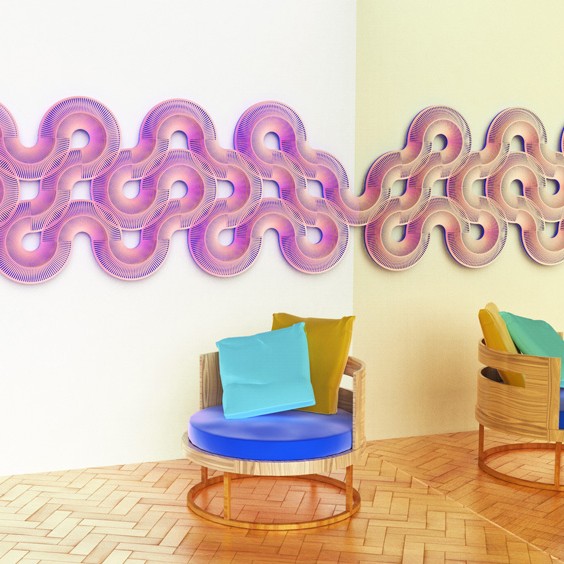
Interview Lynne MacLachlan's signature optical effects
Lynne MacLachlan experiments with digital technology and 3D printing to create vibrant, geometric forms. Learn about her design journey and her new venture into modular wall tiles.
13 Sep 2017
-
Full details→
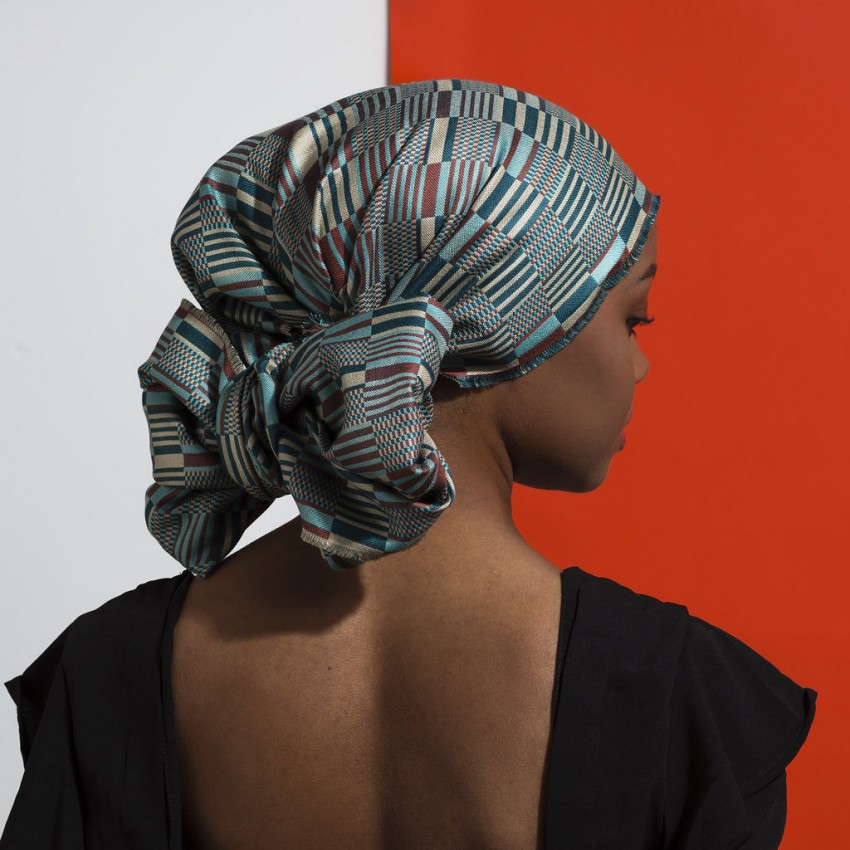
Interview Woven storytelling with Mariam Syed
Mariam Syed explores storytelling through woven textiles from her studio in Glasgow. Go behind the scenes of the intricate designs she will be showcasing at this year's Scotland: Craft & Design…
11 Sep 2017
-
Full details→
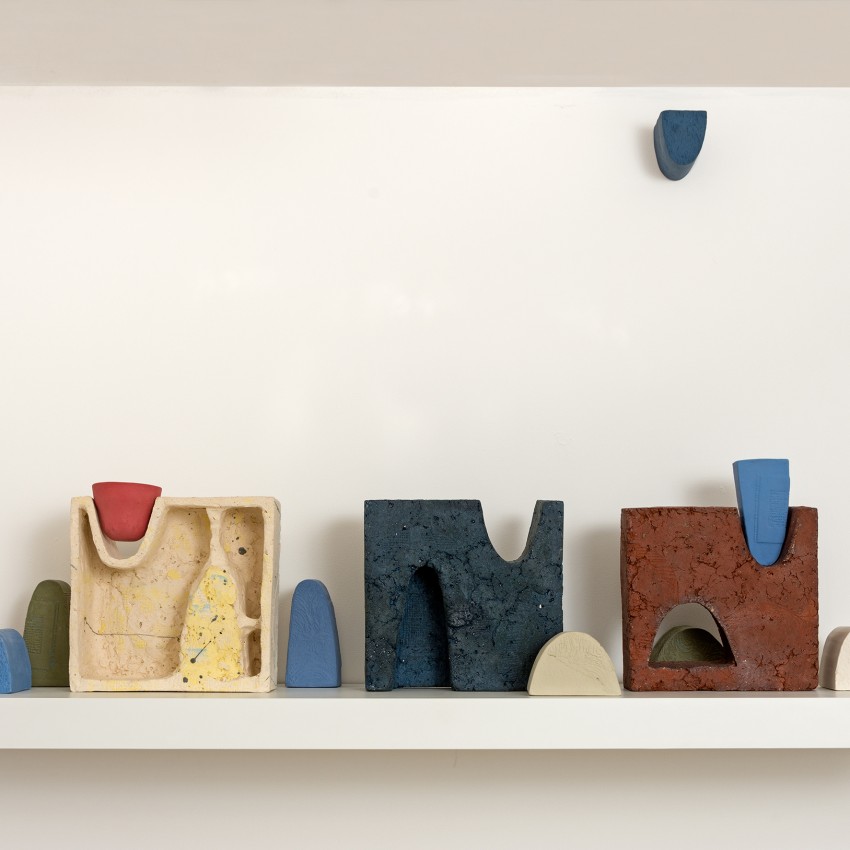
Interview Deconstructing the narrative of ceramics
We’ve caught up with ceramic artist Fiona Byrne-Sutton to discover the roots of her Italian Renaissance inspiration and her must see designers at this year’s London Design Fair.
8 Sep 2017
-
Full details→
![Pushing the boundaries of woven textiles]()
Interview Pushing the boundaries of woven textiles
With a punchy colour palette and contemporary designs, we've caught up with textile designer Heather Shields, one of the talented makers in this year's Scotland: Craft & Design pavilion.
15 Sep 2017
-
Full details→
![Tom Pigeon and finding balance]()
Interview Tom Pigeon and finding balance
We caught-up with Kirsty Thomas from creative studio Tom Pigeon, to discover more behind the Balance collection they presented at the Scotland: Craft & Design pavilion in September 2017.
14 Sep 2017
-
Full details→
![Lynne MacLachlan's signature optical effects]()
Interview Lynne MacLachlan's signature optical effects
Lynne MacLachlan experiments with digital technology and 3D printing to create vibrant, geometric forms. Learn about her design journey and her new venture into modular wall tiles.
13 Sep 2017
-
Full details→
![Woven storytelling with Mariam Syed]()
Interview Woven storytelling with Mariam Syed
Mariam Syed explores storytelling through woven textiles from her studio in Glasgow. Go behind the scenes of the intricate designs she will be showcasing at this year's Scotland: Craft & Design…
11 Sep 2017
-
Full details→
![Deconstructing the narrative of ceramics]()
Interview Deconstructing the narrative of ceramics
We’ve caught up with ceramic artist Fiona Byrne-Sutton to discover the roots of her Italian Renaissance inspiration and her must see designers at this year’s London Design Fair.
8 Sep 2017
